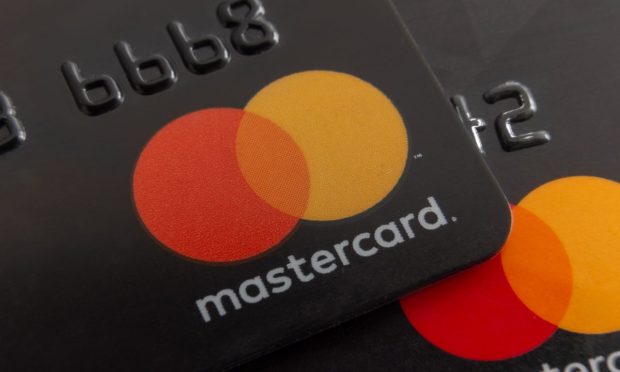Mastercard X-Border Travel Spending Volumes Top 2019 Levels Across the Globe

It’ll be the summer of the getaway, it looks like — all around the world.
And the consumer’s not done spending well beyond the confines of airlines and vacation rentals and cruise ships. In any number of growing commerce verticals, they’re preferring to use credit to do so — with much less dependence on debit than had been seen in previous quarters.
Mastercard CEO Michael Miebach said that “consumer spending remains strong, particularly as economies across the globe continue to reopen and pandemic-related restrictions are lifted.”
And to date, even post quarter end, the company has seen switched volumes, globally, gain 23% into the first several weeks of April, 152% of 2019’s levels. In the United States those respective metrics are 11% and 143%.
As relayed in supplemental materials released by the company, in the United States, GDV increased by 14% with credit growth of 31% and debit growth of 1%, reflecting the recovery of credit spending on travel and the lapping of stimulus.
Outside of the U.S., volume increased 19% with credit growth of 20% and debit growth of 18%, management said on the conference call to discuss results.
U.S. retail spending remains healthy, aided in part by the buildup of excess savings during the pandemic, said Miebach. In Europe, spending trends are positive. Asia has generally lagged the recovery of other regions in part due to COVID restrictions.
Cross-border, where the growth was particularly strong, the recovery continued this quarter led by travel (and, within Europe, the situation in Ukraine has had minimal impact on results, management said, amid the suspension of business in Russia).
Digital Initiatives and X-Border Volumes
Management noted on the call that the Mastercard installment program has, in Miebach’s words, “been very well received and is progressing according to plan.”
With a nod to digital currencies and assets, the company is continuing to build solutions to support the crypto economy — in part by caching up their crypto wallets via Mastercard Send.
Chief Financial Officer Sachin Mehra said that, drilling down into 17% growth in gross dollar volume, cross-border volume was up 53% year on year as travel spending snapped back.
“For the first time since the onset of the pandemic, cross-border volume was above 2019 levels for all regions and cross-border travel was above 2019 levels for the first time in March,” he said.
Switched transactions surged past pre-pandemic levels, too, and were 150% of 2019 levels.
Miebach noted too, that within cross-border spend (not solely related to travel), remittances represent a particularly strong area of opportunity for the company.
And: buy now, pay later (BNPL) and P2P are taking off strongly in markets such as Brazil, said Miebach (aided by open banking).
None of this is to say that inflation and other macro-related headwinds are not having at least some impact.
During the question-and-answer session with analysts, Miebach stated that “there has been a 1% increase in our switched volume that’s related to gas price increases. We’re seeing some shifts in the airline. That is again under an inflationary pressure there from ticket pricing perspective. So we have to see where it goes going forward.”
